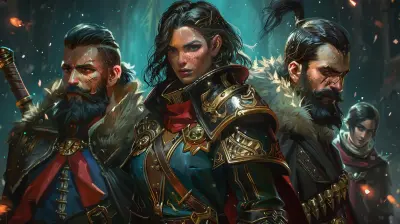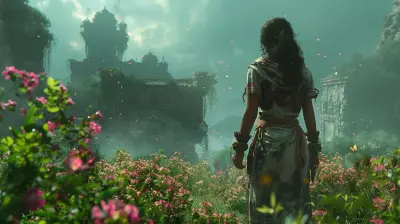How Downloadable Content Expands Multiplayer Experiences
12 October 2025
Let’s be honest—there was a time when buying a game meant just that. You’d grab the disc (or cartridge!), fire it up, and everything the game had to offer was right there on that plastic. Fast forward to now, and we’re in a completely different era. Multiplayer gaming is constantly evolving, and one of the biggest game-changers (no pun intended) is Downloadable Content, or DLC.
But how exactly does DLC make multiplayer experiences better—richer, deeper, longer-lasting? Why are some gamers obsessed with it while others groan every time they hear about season passes or microtransactions? Let’s dive in and pull back the curtain on how DLC is shaping the multiplayer universes we love to dive into.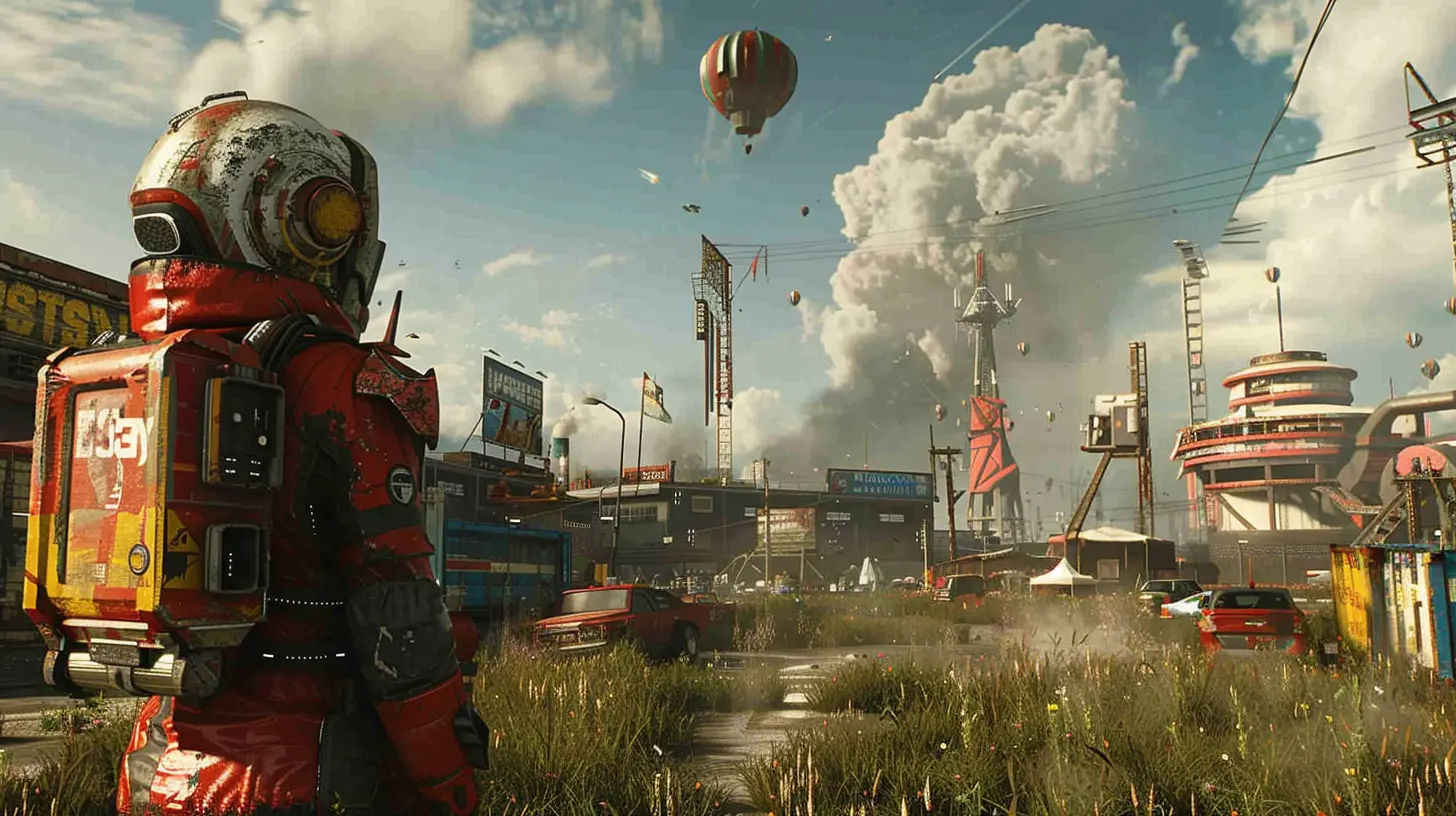
A Quick Look at What DLC Really Is
Before we go further, let’s make sure we're all on the same page. Downloadable Content, or DLC, is basically any extra content developers create post-launch that players can download and add to the base game. It could be new maps, weapons, characters, storylines, game modes—you name it.For multiplayer games, this content directly influences how we compete, cooperate, or simply hang out in digital spaces. Think of it like building a Lego set. The base game is the foundation, but DLC is that extra box of unique pieces that lets you craft a cooler, bigger, more customized universe.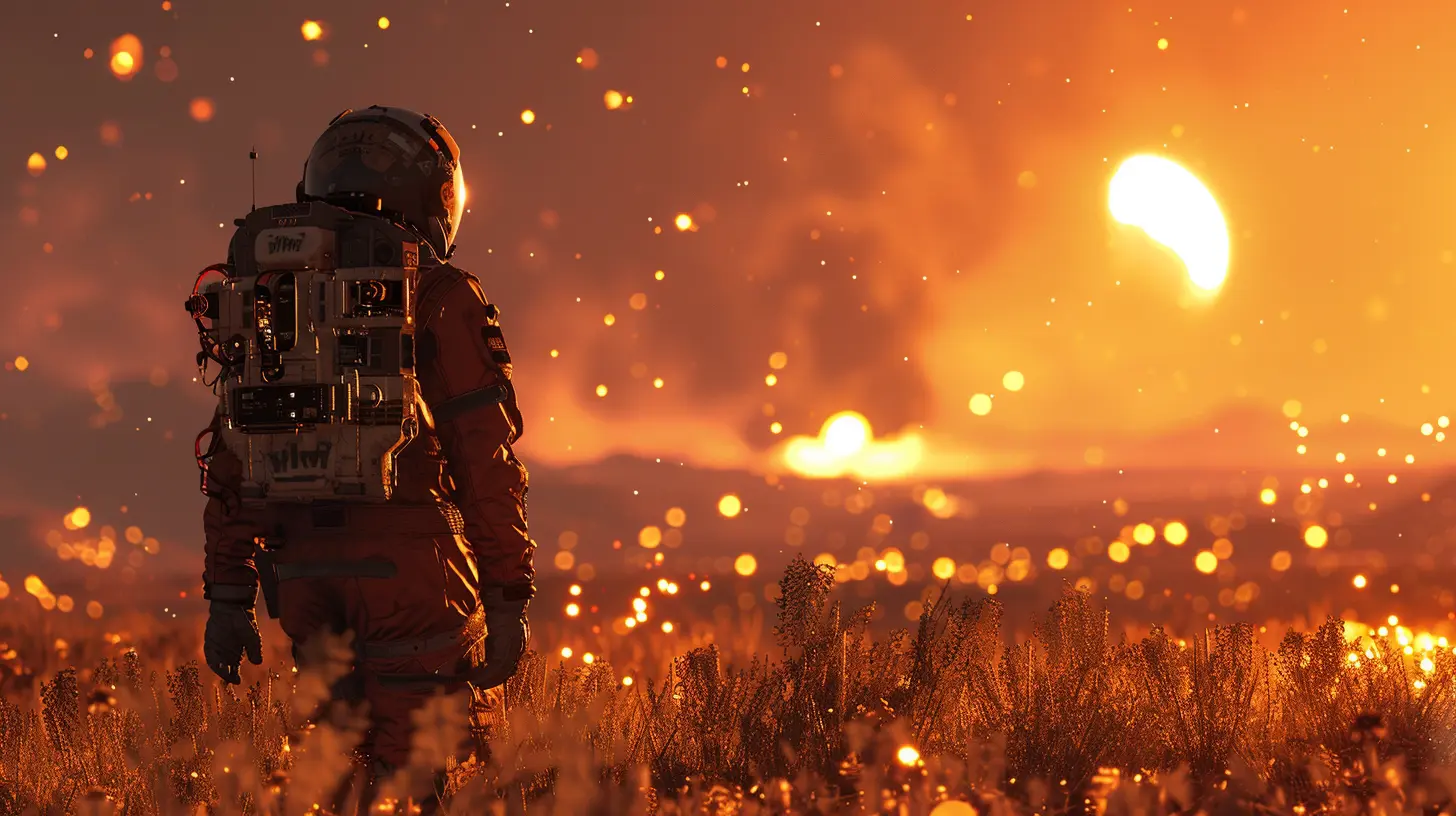
The Power of Fresh Content
Ever feel like you've played the same map a hundred times? Yeah, us too. That’s where DLC swoops in like a hero in a cape.Keeping the Game Alive
DLC breathes new life into aging games. Let’s say you're deep into a multiplayer shooter. Months in, you’ve memorized every corner, ambush spot, and spawn point. It’s starting to feel like eating the same meal every day. But then—boom—a new map pack drops. Suddenly, it’s exciting again! You’re adapting, learning, and strategizing from scratch.DLC fuels that excitement. It resets the playing field, giving veterans something new while welcoming new players into a fresher, fairer environment.
Extending Longevity
Let’s take a real-world example. Remember how Grand Theft Auto Online started off? It was fun, sure—but look at it now, years later, thanks to consistent DLC updates. New heists, vehicles, properties, and even entire businesses to manage. These updates keep players coming back week after week, and that means a longer life span for the game, and stronger communities built around it.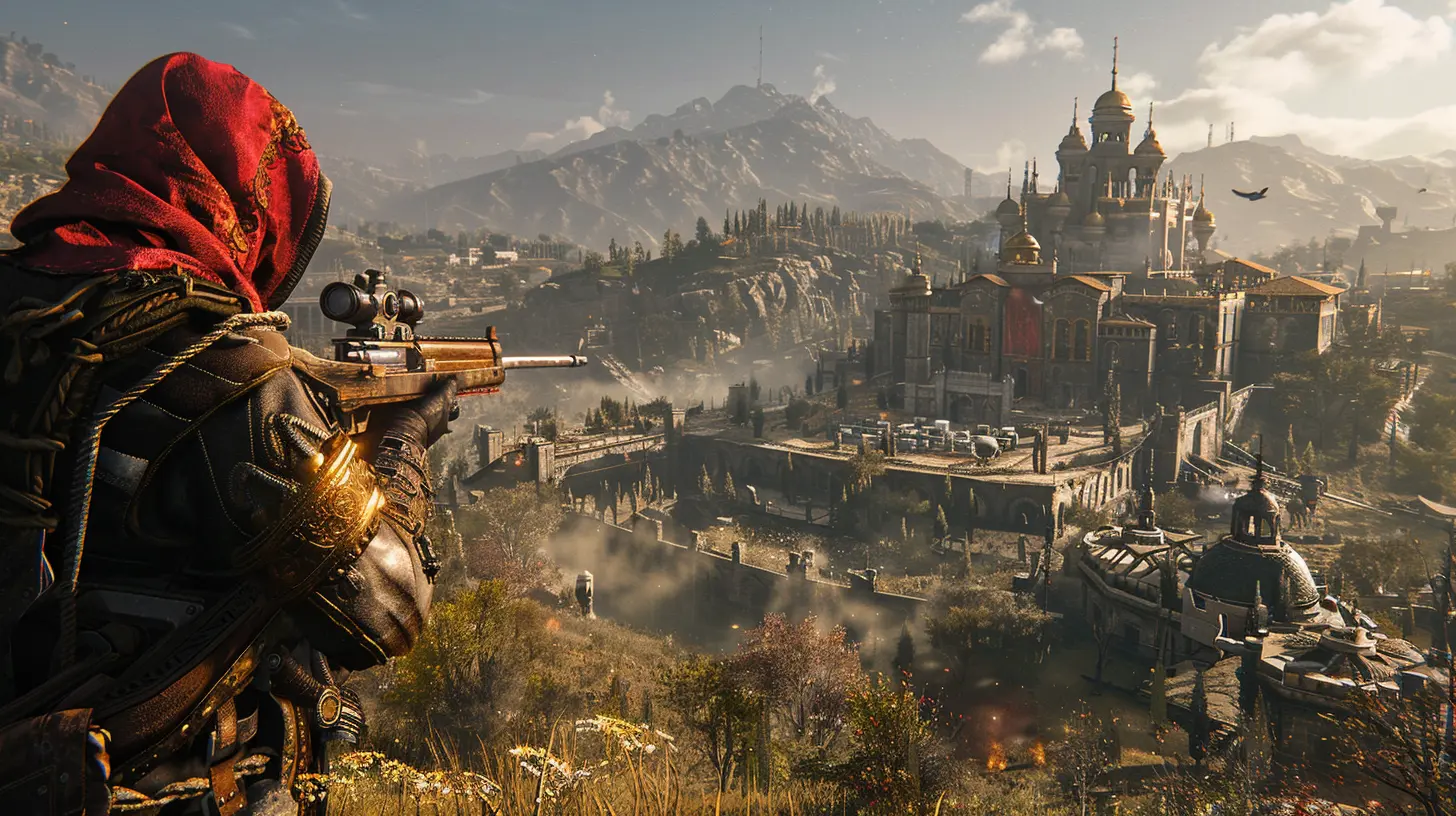
Community Engagement: The Real MVP
One of the lesser-talked-about but super important aspects of DLC is how it fosters tighter-knit communities.It Sparks Conversations
When new content drops, people talk. Whether it's on Reddit, Discord, YouTube, or Twitch, fresh DLC becomes the talk of the town. People theorize, share tips, post gameplay, and—yes—even complain, but they’re engaged. They care. And that buzz keeps a multiplayer ecosystem alive and thriving.Events and Seasonal Content
Live service games like Fortnite and Call of Duty: Warzone have mastered the art of seasonal DLC. With each new season often comes themed content, time-limited events, and rewards. Don't underestimate the power of FOMO (Fear of Missing Out)—players log in regularly just to be part of the hype train. It creates a rhythm, a kind of digital tradition that players look forward to.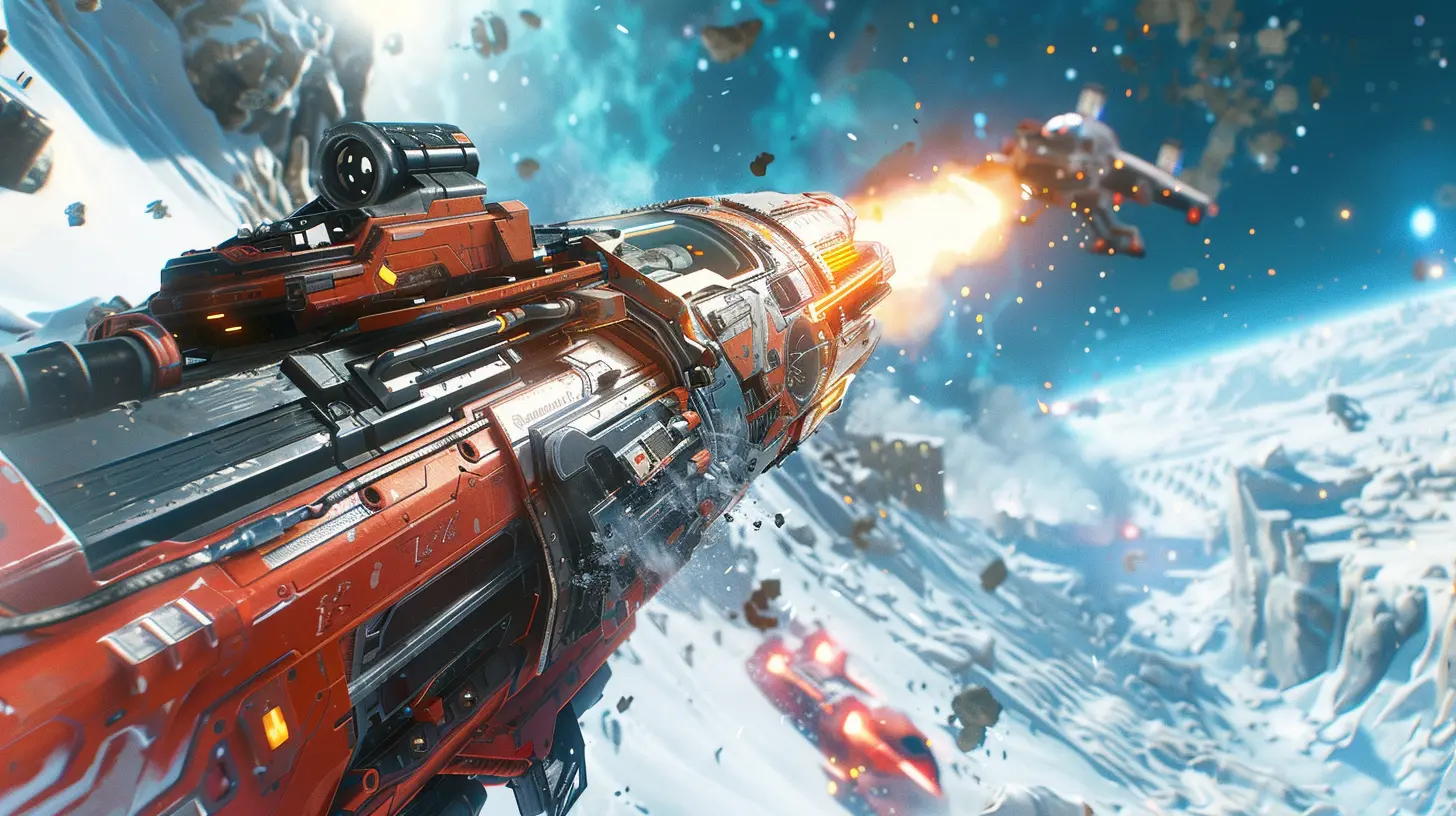
Monetization or Manipulation? The Double-Edged Sword
Alright, let’s address the elephant in the room. Not all DLC is created equal. Sometimes, it feels less like content and more like a cash grab.Pay-to-Win Problems
In competitive multiplayer games, balance is everything. But introducing DLC that gives paying players a clear advantage—better weapons, exclusive gear, you're probably thinking of a certain franchise or two—can break that fragile ecosystem.That’s when DLC backfires. Instead of expanding experiences, it fractures them.
Cosmetic vs Competitive
There’s an ongoing debate around monetized DLC. Most players are perfectly fine with cosmetic skins or vanity items being locked behind a paywall. After all, looking like a space unicorn in your favorite battle royale doesn’t give you any competitive edge. But the moment new, overpowered gear becomes pay-to-access? Expect a backlash.Game developers have to tread carefully here. The best approach? Keep paid DLC fun, engaging, and fair—but never unfairly powerful.
Building a Personalized Experience
One underrated benefit of DLC in multiplayer settings is personalization.Choose Your Adventure
Some DLCs offer new characters with unique skills, customizable outfits, or even different playstyles. This lets players tailor their gameplay to their liking. Variety is the spice of life, and in multiplayer games, that variety often comes via downloadable content.Forging Identity
Consider games like Overwatch or Apex Legends, where each character has lore, backstory, and an ever-growing wardrobe of cosmetics. New DLC drops allow players to further express themselves. In a world where digital avatars are extensions of real identity, that kind of self-expression matters more than you think.Cross-Platform Play and the DLC Evolution
The rise of cross-platform multiplayer means that DLC has to evolve too. Developers now face challenges ensuring DLC is compatible, fair, and accessible across different systems—PC, Xbox, PlayStation, Switch, and even mobile.One World, One DLC?
What’s really cool is when developers choose to offer universal DLC—meaning everyone, regardless of platform, gets access to the same content at the same time. This keeps the experience consistent and community-focused, rather than fragmented. Kudos to studios that pull that off successfully.DLC in Esports and Competitive Scenes
Now, let’s talk serious gaming—Esports.A New Layer of Strategy
In competitive titles like League of Legends or Valorant, DLC (or the equivalent content updates) introduces new champions, weapons, or mechanics. Each addition shifts the meta. Teams adapt, and strategies evolve. It’s like chess, but every few months someone adds a new piece to the board.For spectators, it's thrilling. For players, it's challenging. And that dynamic gameplay is exactly what keeps Esports fresh and unpredictable.
The Social Side of Multiplayer DLC
Multiplayer games are often just as much about connection as competition.Shared Experiences
Downloadable raids in Destiny 2, new island additions in Animal Crossing, or co-op quests in MMORPGs—these are shared experiences that strengthen friendships, spark collaborations, and sometimes even create lifelong bonds. Yup, friendships have been forged (and occasionally broken) over DLC-fueled gaming nights.Digital Hangouts
Think about how DLC transforms these spaces into virtual hangouts. New map? It’s the new "spot." Fresh emotes? Time for a dance-off. These expansions don’t just change the game; they expand the digital culture around it.Looking Ahead: The Future of DLC in Multiplayer Games
As technology evolves, so does the potential of DLC.AI-Driven Content
Imagine multiplayer games with AI-generated DLC—maps that reshape based on how you play, enemies that learn from player behavior, and missions that adapt to your skill level. It’s not sci-fi, it’s closer than you think.Player-Created DLC
More games are opening doors to community-driven content. Letting players build, share, or even monetize their own DLC can result in creativity that no studio alone could match. Minecraft and Roblox have already paved the way, and more games are following suit.Final Thoughts: DLC Is More Than Just Extra Content
So, here’s the thing—DLC isn’t just some sprinkles on your multiplayer sundae. Done right, it’s a whole new layer of flavor, adding richness, complexity, and longevity to the gaming experience.Of course, not all DLC is created equal. It can be divisive. It can even be predatory. But when it's made with the player in mind—balanced, engaging, and fairly priced—it does exactly what it’s supposed to do: expand your world, enhance your play, and bring people together.
So next time that DLC banner pops up, maybe ask yourself—not “Is this worth the money?”, but “How will this change the way I play?” Because more often than not, the real value isn’t just in the new content—but in the new experiences and friendships that follow.
all images in this post were generated using AI tools
Category:
Downloadable ContentAuthor:

Francesca West
Discussion
rate this article
1 comments
Angela McKibben
Downloadable content? Yes, please! It's like adding extra cheese to your favorite pizza—why settle for plain when you can have it all? If developers can’t keep the multiplayer scene fresh, they might as well hang up their controllers. Bring on the DLC, baby! 🎮✨
October 13, 2025 at 3:28 AM

Francesca West
Absolutely! DLC enhances multiplayer by injecting fresh content and keeping the excitement alive—just like that extra cheese! 🎮✨
